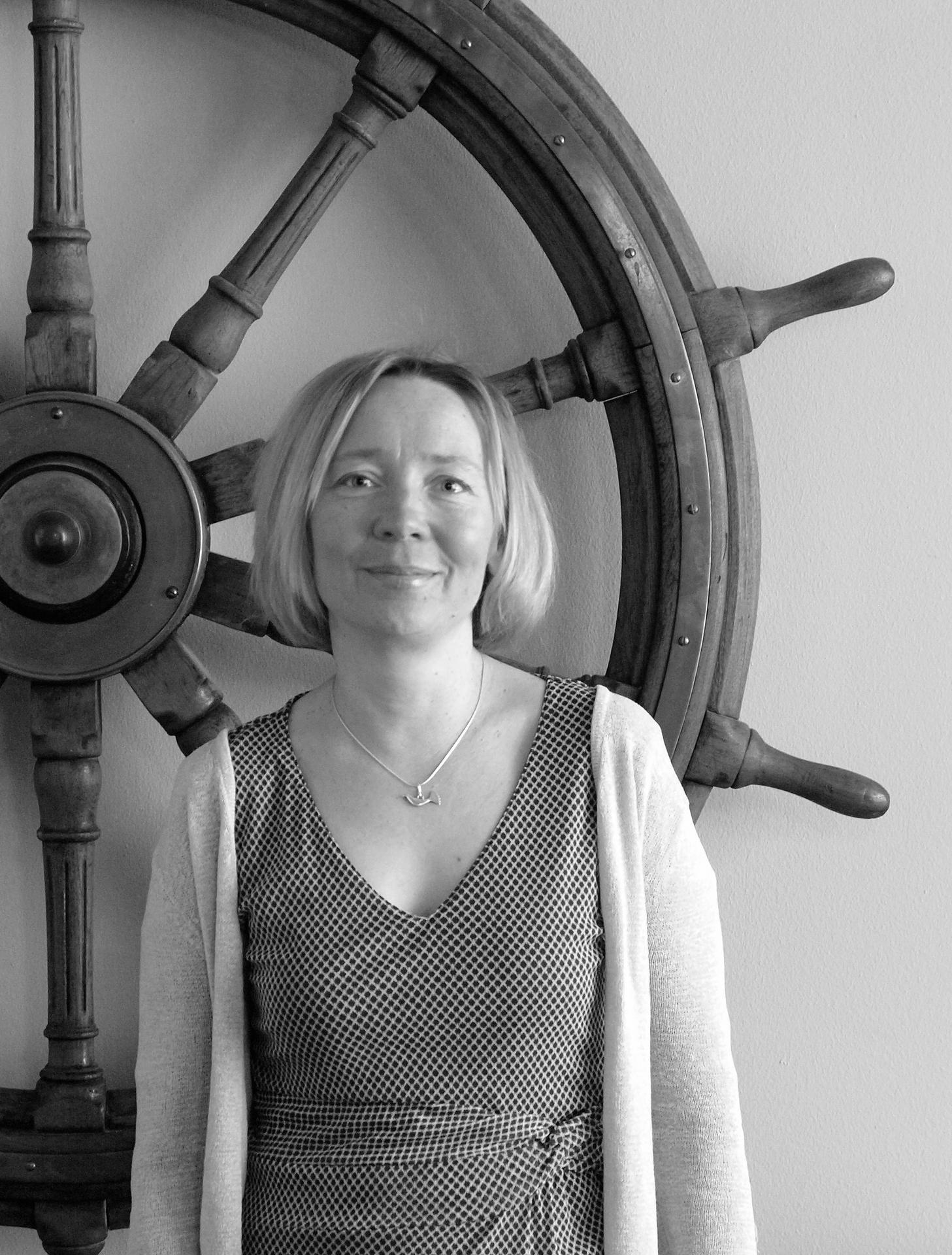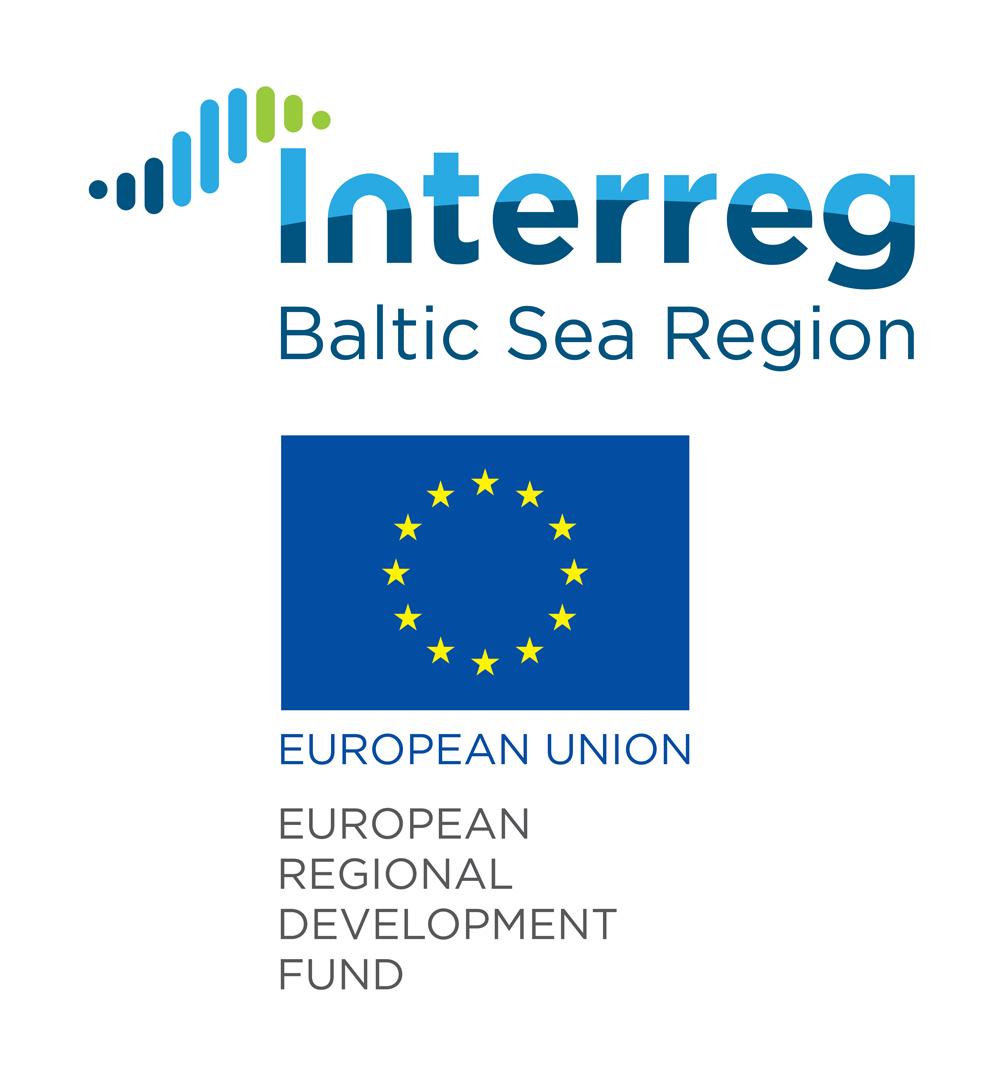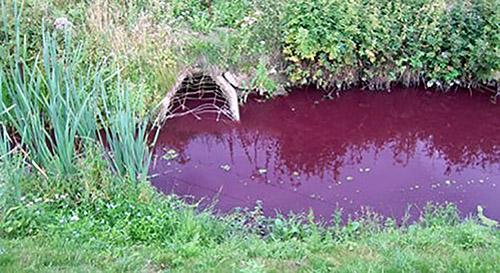Industrial sewage—we got to do something about it! This idea was expressed in May 2013 in Berlin where we met with wastewater experts of the Baltic Sea Region in order to discuss how to reduce emissions of pollutants via municipal sewage treatment plants to waterbodies and the Baltic Sea.
During our projects aiming at making the operations of sewage treatment plants more efficient, we have identified a recurring problem: the personnel working at wastewater treatment plants—people who, for us, are the real superheroes of the Baltic Sea—are working hard, contributing all their expertise in order to remove toxic substances and nutrients from the water, but all too often some unexpected industrial discharge—sometimes a large one—occurs and all work seems to be in vain. In the worst case, the operations of the wastewater treatment plant are compromised for a long period of time.
Regrettably, such industrial trickles and discharges are on the daily to-do list of the municipal superheroes working at wastewater treatment plants in the entire Baltic Sea Region. In Russia and Belarus, the nature of the problem is structural and related to legislation, whereas in the EU countries the problem is, rather, a question of established practices and outdated operational cultures. We set out to examine this issue, and the more closely we acquainted ourselves with the problems caused by industrial water stress, the more profoundly we came to understand the complexity and breadth of the issue. We were met with a warm welcome and sensed an air of optimism in almost all the locations we visited—and were rendered speechless by the diversity and complexity of the problems at hand. The experience was somewhat reminiscent of the opening of Pandora’s box!
In the worst case, a toxic discharge can destroy the entire population of useful bacteria living in the activated sludge which constitutes the very basis of the biological wastewater treatment process. This has been the case in Vyborg, for example, where one morning the efficiency of the treatment process was close to zero and fluffy clouds caused by the disintegration of the sludge were lingering over the purification basins. In the city of Olaine in Latvia, we witnessed a veritable witch’s cauldron as sewage from the chemical industry made the sludge bubble and pop in the purification basins.
In Gatchina in Russia and in Jelgava in Latvia, we were faced with typical and very common problems of dairy industry wastewater. Although not usually toxic, discharges from food industry—fats, whey, feathers and sudden large nutrient loads—easily interfere with the sewage treatment process.
The most colorful experiences during our research expeditions we had in a small town in Lithuania where a beetroot factory was spewing out charming pink wastewater, and in Poland at a sewage treatment plant in the city of Leszno, where a local kosher slaughterhouse lent wastewater a blood-red hue.
Although pink as a color of wastewater might sound fascinating and a witch’s bubbling sludge and bloody sewage would somehow fit to the approaching Halloween season, we need to take matters seriously and look at the sewage issue from the perspective of the sea that is dear to us. Now that sewage treatment plants have been renovated and brought up to date in many towns and cities, and wastewater treatment processes have been rendered more efficient, sewage treatment plants, for their part, are continuously working towards a better state of the Baltic Sea. However, the abovementioned unexpected industrial discharges interfere with the sewage treatment processes and prevent the sewage treatment plants from achieving their best results, which causes unnecessary water stress to the sensitive Baltic Sea. Thus, nutrients and toxic substances—much more than the doctor ordered— continue to flow into the patient’s system.
The other side of the coin—and no less important—is that although part of hazardous substances of industrial discharges can be removed from wastewater, hazardous substances accumulate in sewage sludge and pollute it so severely that, in many cases, we can forget about using it in agriculture, for example. Although circular economy is the new buzzword and circulation of nutrients will play an ever greater role in the future, making use of sewage sludge in food production remains a utopian vision as long as the problem of hazardous substances in its present extent remains unsolved.
Thanks to the brainchild of our former colleague Tuuli—the idea about addressing the industrial sewage issue expressed in the meeting in Berlin was hers—we have been able to take action at the foundation and begin developing a project that would take us right to the core of the problem. The BEST (Better Efficiency for Industrial Sewage Treatment) project has included many aspects: not only bubbling sludge and visits to tens of sewage treatment plants, but also glitter of chandeliers and promoting cooperation on slightly finer locations such as meeting rooms of embassies. Poland plays a central role in the BEST project and we, as a foundation, received an invitation to organize an environmental seminar during President Sauli Niinistö’s state visit to Poland in 2015. We are particularly delighted to note that such a seemingly ordinary, everyday issue, which, nevertheless, is a central one regarding the state of the Baltic Sea, continues to be among the issues on our foreign policy agenda and on the agenda of our president!
Expert cooperation partners are vital to a successful project. We are, therefore, extremely thankful to the City of Helsinki Environment Centre and Helsinki Region Environmental Services Authority HSY, as well as many other actors in the Baltic Sea Region, for working with us on the development of this project from its very beginning on.
We truly felt a long-distance runner’s sense of accomplishment after the four-year preparatory phase of the project was completed and funding for the project from the European Union’s Baltic Sea Region Programme was finally secured in the summer of 2017. However, the work is still in its early stages. During the coming three years, the objective is to develop technical solutions and to work towards better administrative practices in order to further reduce hazardous industrial discharges that interfere with the wastewater treatment processes of municipal sewage treatment plants.
And in case you were wondering—no, despite all our fascinating experiences, we will not think longingly back to the pink wastewaters or bubbling Halloween sludge. And we are sure the Baltic Sea is not looking forward to them either.
Over the past four years, Marjukka Porvari and Miina Mäki have been busy with working on the BEST project, sipping coffee and admiring activated sludge at more than thirty sewage treatment plants in eight different countries.

Project Manager,
Project BEST & Local fishing project

Director, Clean Baltic Sea projects


